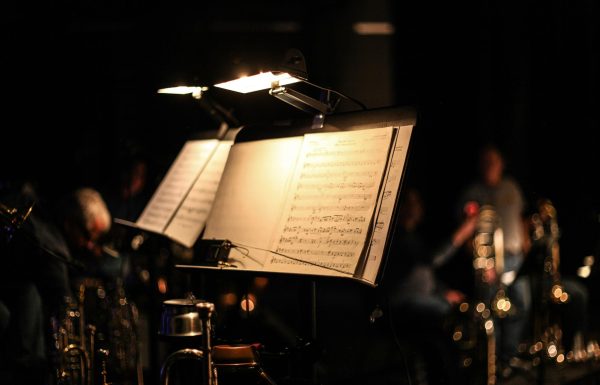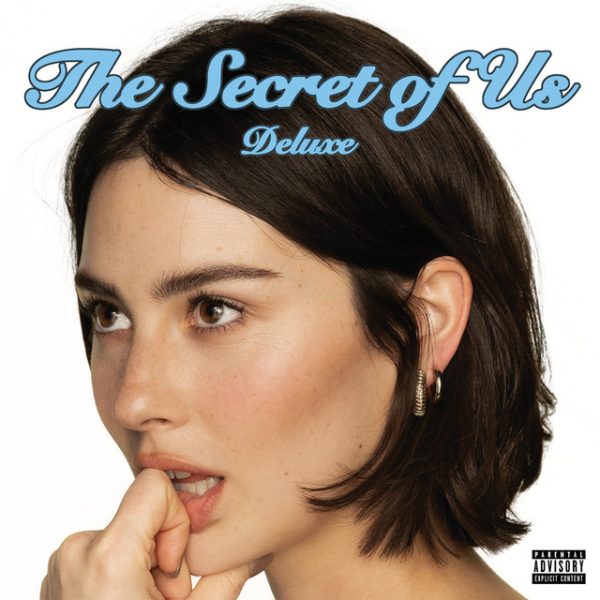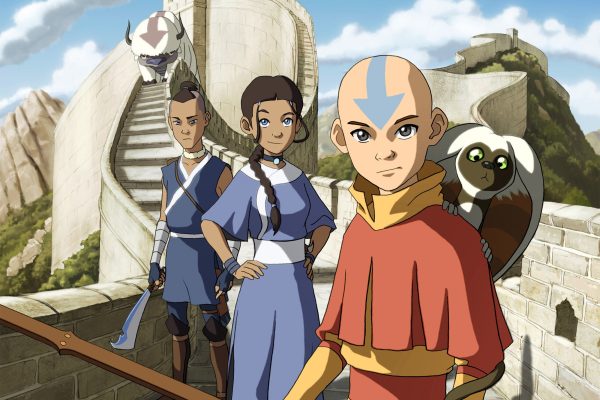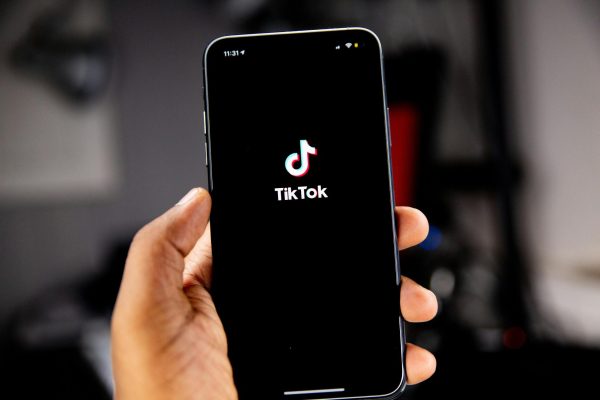Irish Influence
While the buzz of Valentines Day subsides and the hype of March Madness intensifies, the emerald leprechaun takes the country by storm on Tuesday, March 17th through St Patrick’s Day. The day may be known for its Irish roots but the celebration was born by the Americans as a Celtic day of history.
The day embarks with a splash of green across market produce from milkshakes to bagels to bagpipe cacophonies in the streets; the day is an expression full of life. But why do we celebrate a day in which pinching your brother for not following the “rules” and wearing green is acceptable?
Since 1631, St. Patrick’s Day has been a day of celebration by religious feasts to commemorate the anniversary of the fifth century death of the missionary credited with spreading Christianity to Ireland, Saint Patrick. For several centuries, March 17th was an Irish dignified religious day that consisted of attending church and partaking in feasts in the afternoon. Far from the reality of today, green colored foods and leprechaun cartoons were not the reality they could have imagined in the days of modest celebrations.
The first recorded St. Patrick’s Day parade was in fact held on US soil over that of its homeland. 1762 in New York City was the producer of this parade. Irish Catholics flooded into the country in the time following the failure of the Irish potato crop around 1845. Many were forced to leave their country due to the “Great Hunger.” As home was missed, come the holiday, a lot of memories filled the void of the gap between them. The day was a day for the Irish. They clung close to their Irish identities and set out in parades to embody their strength as one.
With a dramatic climb of Irish immigrants to the United States in the mid-19th century, St. Patrick’s Day became a widespread holiday. In today’s day and age, millions of Americans of Irish ancestry celebrate their cultural identity and capture a day of celebrations. The streets are filled by cheery citizens, bagpipers, step dancers, and marching bands. Irish flags, charms, green knick knacks, shamrocks, and leprechauns follow through parades, stores, and the public. St. Patrick’s Day is a holiday that all heritages acknowledge and value.
The historic ways Ireland celebrated the 17th only updated after the arrival of the television. With this advancement they could see the celebrations across the world in America. The Irish government decided to join the festivities and start holding a parade in Dublin by 1995. The parade which resurfaces every year, lasts five days and attracts around one million per year. The days consist of art shows, plays, concerts, funfairs, and the main parade. In the United States, Boston, Buffalo, New York City, Dallas, Denver, New Orleans, and Chicago (where they even die the Chicago River green). No matter the place, the world commemorates the day of March green.
St. Patricks Day is still a wide spread celebration honoring the Irish and the history their celtic roots embody. The 17th should be a day full of fun and maybe a little leprechaun mischief, all in the name of the Irish. So gather the green and find a kilt because the Irish in you may start to clog dance in the spirit of St. Patrick along with most of the world in full display of the Irish influence.

Makayla Bast is a junior and it’s her second year writing for The Ridge Review! She loves to write and get the important news out about stuff going on and around campus. She also loves getting...






